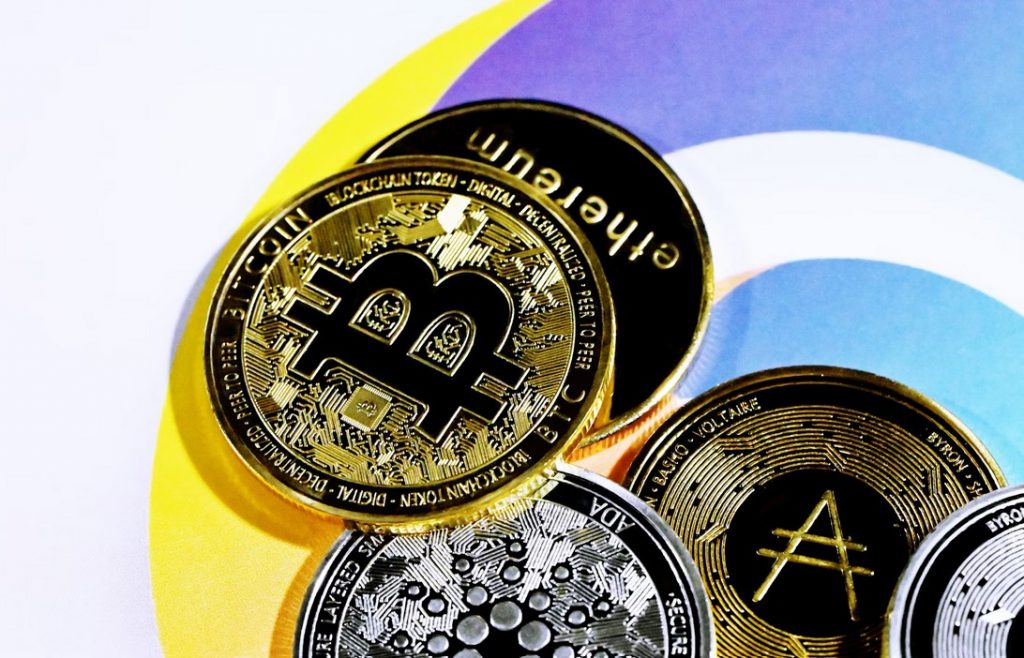Cryptocurrency has become a popular topic, with Bitcoin and Ethereum often taking the spotlight. These pioneering digital currencies have paved the way for a myriad of alternative coins, known as altcoins. While Bitcoin is the first and Ethereum is famous for its smart contracts, altcoins offer a diverse range of functionalities and innovations. Understanding the evolution of these coins can help you navigate the broader crypto landscape with confidence and curiosity.
The Rise of Altcoins
The launch of Bitcoin in 2009 revolutionised digital finance. However, its limitations soon became apparent, leading to the creation of alternative coins. Altcoins emerged to address various issues such as transaction speed, privacy, and scalability. They introduced innovations that Bitcoin couldn’t offer.
Litecoin, launched in 2011, is one of the earliest altcoins. It offered faster transaction times and a different hashing algorithm. This made it appealing to those who wanted quicker transactions without compromising security. Litecoin set the stage for a wave of new cryptocurrencies, each bringing something unique to the table.
Diverse Functionalities and Use Cases
Altcoins are not just about improving on Bitcoin’s weaknesses. Many have unique functionalities and use cases. For example, Ripple focuses on fast, cross-border payments, making it a favourite among banks and financial institutions. Its consensus ledger and transaction protocol differ significantly from Bitcoin’s blockchain.
Monero, on the other hand, prioritises privacy and anonymity. It uses advanced cryptographic techniques to ensure transactions are untraceable and confidential. This makes Monero a popular choice for users who value privacy over transparency. Each altcoin offers distinct advantages, catering to different needs and preferences.
Altcoins Driving Technological Innovation
Technological innovation is a hallmark of altcoins. Ethereum introduced smart contracts, allowing developers to create decentralised applications (dApps) on its platform. This innovation has spurred a new wave of blockchain-based projects, enhancing the functionality of cryptocurrencies.
Another innovative altcoin is Cardano, which focuses on sustainability and scalability. It uses a unique proof-of-stake consensus mechanism called Ouroboros, designed to be more energy-efficient than Bitcoin’s proof-of-work. Such advancements highlight how altcoins contribute to the broader development of blockchain technology. NewsBTC frequently covers these technological strides, providing insights into their impact on the crypto market.
Community and Governance
The community behind an altcoin can significantly influence its success. Open-source projects like Ethereum thrive on active developer communities. These communities contribute to the code, help improve security, and introduce new features. The involvement of a passionate community can drive the adoption and evolution of an altcoin.
Governance is another crucial aspect. Altcoins like Tezos have built-in governance mechanisms that allow stakeholders to vote on protocol upgrades. This democratic approach ensures that the community has a say in the coin’s future direction. Effective governance and active communities are vital for the sustained growth of any cryptocurrency.
Challenges and Controversies
Despite their innovations, altcoins face numerous challenges. Market volatility is a significant issue, with prices fluctuating wildly. This can make investing in altcoins risky. Additionally, regulatory scrutiny is increasing as governments try to address concerns related to money laundering and fraud.
Controversies also arise within the crypto community. Forks, or splits in the blockchain, can create division. Bitcoin Cash, for example, emerged from a disagreement within the Bitcoin community about transaction speed and scalability. Such disputes can lead to fragmentation, affecting the stability and perception of cryptocurrencies.
The Future of Altcoins
The future of altcoins is promising, with continuous developments on the horizon. As blockchain technology evolves, altcoins will likely introduce even more innovative solutions. Interoperability between different blockchains is an exciting area of development, allowing seamless transactions across various platforms.
Stablecoins, which are pegged to traditional assets like the US dollar, offer a glimpse into the future. They combine the benefits of cryptocurrencies with the stability of fiat currencies, making them appealing for everyday transactions.
Final Thoughts
Altcoins have come a long way since the early days of Bitcoin. They offer diverse functionalities, drive technological innovation, and have vibrant communities supporting their growth. While challenges and controversies exist, the future looks bright for altcoins. Staying informed about these developments can help you navigate the dynamic world of cryptocurrencies with greater understanding and confidence.



